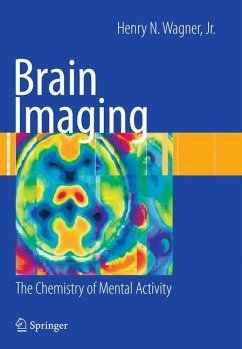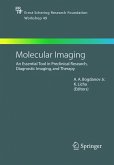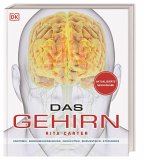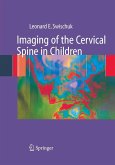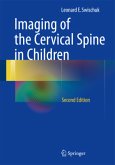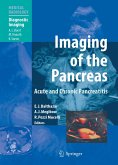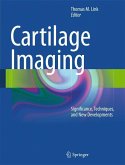Presented in an interesting, historical and philosophical way, this book describes the current state of play in brain imaging, showing the differences among the different imaging modalities, and reviewing the knowledge about the chemical reactions in the brain, and their relationship to thinking, feeling and acting.
The book reviews all the results of PET and PET/CT imaging of the brain with all radiopharmaceuticals that bind to receptors in all recognized and classified mental diseases, as well as the studies on the localization of those sites that are activated by sensory or motor activity. The book illustrates the parts of the brain activated and deactivated during sensory perception, motion and other mental functions and explains how the process of neurotransmission takes place in chemical terms.
The book is a valuable reference resource for all those in nuclear medicine and radiology as well as the educated general public.
The book reviews all the results of PET and PET/CT imaging of the brain with all radiopharmaceuticals that bind to receptors in all recognized and classified mental diseases, as well as the studies on the localization of those sites that are activated by sensory or motor activity. The book illustrates the parts of the brain activated and deactivated during sensory perception, motion and other mental functions and explains how the process of neurotransmission takes place in chemical terms.
The book is a valuable reference resource for all those in nuclear medicine and radiology as well as the educated general public.
From the reviews:
"The book, which is actually a compilation of the author's insights into brain chemistry and the potential implications for understanding human nature, is a distinctive contribution to the field. The purpose is to 'bring to date all the exciting work present in brain imaging, showing the differences among imaging modalities, and reviewing the knowledge of chemical reactions in the brain.' ... The intended audience is suggested to be 'both professionals and the public.' ... you're on your own if you read this book." (Michael J. Schrift, Doody's Review Service, April, 2009)
"This interesting book first explains the technical and scientific details of molecular neuroimaging and then links to the clinical aspects of neurologic and mental disorders. ... Imagers, neuroscientists, and the general public will benefit from reading it. ... The 19 chapters are well referenced and logically arranged. ... It is definitely well worth reading ... ." (Franklin C. Wong, The Journal of Nuclear Medicine, Vol. 50 (11), November, 2009)
"This well-structured publication is actually a collection of insights into brain chemistry and the potential implications this has on human nature. The book is divided into 19 chapters and ... is based on the premise that a mental illness can be explained as a molecular disease. ... a valuable reference resource for medical specialists and students in nuclear medicine, radiology, neurology, neuropsychiatry or for scientists involved in neuro-research. ... stimulate cultural interest for non-specialists, including an educated general public of readers interested in scientific literature." (F. Coppola and L. Mansi, European Journal of Nuclear Molecular Imaging, Vol. 38, 2011)
"The book, which is actually a compilation of the author's insights into brain chemistry and the potential implications for understanding human nature, is a distinctive contribution to the field. The purpose is to 'bring to date all the exciting work present in brain imaging, showing the differences among imaging modalities, and reviewing the knowledge of chemical reactions in the brain.' ... The intended audience is suggested to be 'both professionals and the public.' ... you're on your own if you read this book." (Michael J. Schrift, Doody's Review Service, April, 2009)
"This interesting book first explains the technical and scientific details of molecular neuroimaging and then links to the clinical aspects of neurologic and mental disorders. ... Imagers, neuroscientists, and the general public will benefit from reading it. ... The 19 chapters are well referenced and logically arranged. ... It is definitely well worth reading ... ." (Franklin C. Wong, The Journal of Nuclear Medicine, Vol. 50 (11), November, 2009)
"This well-structured publication is actually a collection of insights into brain chemistry and the potential implications this has on human nature. The book is divided into 19 chapters and ... is based on the premise that a mental illness can be explained as a molecular disease. ... a valuable reference resource for medical specialists and students in nuclear medicine, radiology, neurology, neuropsychiatry or for scientists involved in neuro-research. ... stimulate cultural interest for non-specialists, including an educated general public of readers interested in scientific literature." (F. Coppola and L. Mansi, European Journal of Nuclear Molecular Imaging, Vol. 38, 2011)

